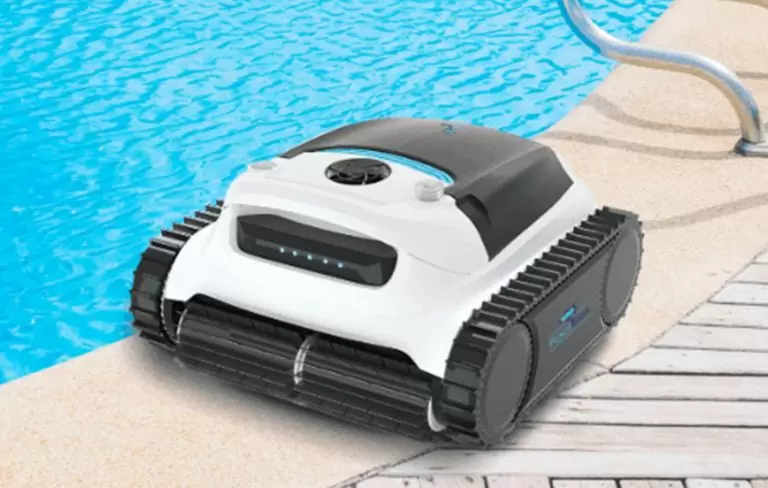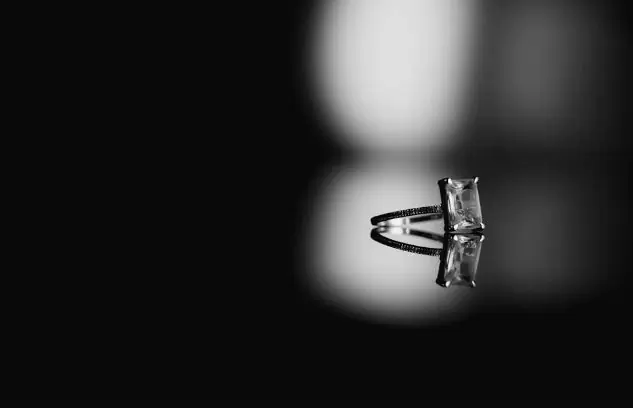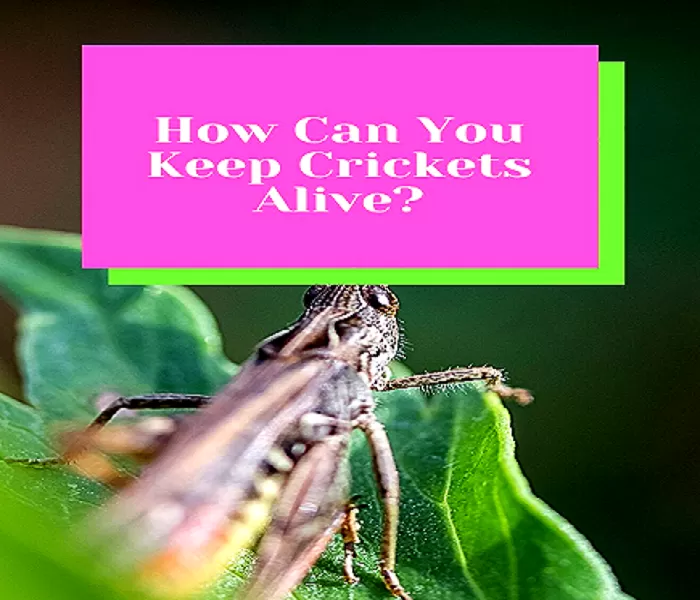How To Keep Crickets Alive
One of the biggest challenges when keeping crickets as pets is ensuring a suitable living environment. Crickets require ample space, so a small container is not ideal. A larger enclosure with plenty of ventilation and a substrate for burrowing is recommended. Additionally, it’s important to provide crickets with hiding places such as cardboard tubes or egg cartons.
Another key factor in keeping crickets alive is their diet. These insects need a balanced diet of protein, carbohydrates, and moisture. Commercial cricket food can be found at most pet stores, but fresh fruits and vegetables can also be offered. Water should be provided in a shallow dish or through misting the enclosure.
Lastly, proper temperature and humidity levels are essential for cricket survival. The ideal temperature range for crickets is between 75-85°F (24-29°C), while the relative humidity should stay around 50-60%. It’s important to monitor these levels using a thermometer and hygrometer to ensure they remain within the appropriate range.
How to breed crickets
Breeding crickets is an easy and cost-effective way to provide a steady supply of live food for reptiles, birds, and other pets. However, keeping the crickets alive is just as important as breeding them. Start by providing the right living conditions for your crickets, such as a container that is at least three times the height of their body length. Crickets also require heat provided through a heating pad or lamp.
Feeding your crickets is equally important in ensuring they stay alive. A high-protein diet of commercial cricket feed or fresh fruits, vegetables, and grains will keep them healthy and reproducing. Water should also be readily available through small dishes or sponges soaked in water.
Regularly clean their enclosure and remove dead insects to prevent diseases from spreading among your cricket colony. Adding egg crates to their enclosure will provide hiding spots for molting crickets while preventing overcrowding which can lead to stress-related illnesses. By following these tips on breeding and caring for crickets, you will surely have a thriving colony that provides plenty of nutritious food for your pets!
How to make cricket food
Crickets are an excellent source of protein for pets such as reptiles, birds, and some mammals. To keep your crickets alive and healthy, providing them with a nutritious diet is essential. The good news is that making cricket food at home is easy.
The first ingredient in cricket food should be a high-quality source of protein. You can use soy flour or fish meal as the primary protein source. Next, add carbohydrates such as cornmeal, oats, or wheat bran to help balance the cricket food’s nutrition profile. Finally, add vitamins and minerals by incorporating powdered milk or calcium carbonate.
Mix all the dry ingredients in a bowl before adding water to create a dough-like consistency. Roll small balls from the mixture and place them inside your cricket’s enclosure daily. Remove any uneaten food after 24 hours to prevent mold growth or attract unwanted pests into their habitat. By regularly providing your crickets with nutritious homemade food, you’ll ensure they stay healthy and happy for longer!
What are some tips for keeping crickets alive and healthy?
- Proper Housing: Crickets need a lot of space to move around and jump, so providing them with a large enough container is important. A 10-gallon aquarium with a secure lid is ideal. The container should also have good ventilation and be kept away from direct sunlight.
- Water: Crickets need access to clean water at all times. You can provide water by placing a small dish or sponge soaked in water inside their enclosure. Make sure to change the water daily.
- Food: Feed crickets high-quality food such as fresh fruits and vegetables and commercial cricket feed that you can find at your local pet store. It’s important not to overfeed the crickets, as this can lead to mold growth in their enclosure.
- Temperature Control: Crickets are cold-blooded creatures and require warm temperatures between 80-90°F during the day and 60-70°F at night for optimum health.
- Cleaning: Regularly cleaning the cricket enclosure is crucial for keeping them healthy and free from disease-causing bacteria build-up in their waste products.
Following these tips will ensure that your crickets thrive while under your care!
You can increase your chances of successfully keeping crickets alive as pets by creating an optimal living environment, providing proper nutrition, and maintaining appropriate temperature and humidity levels.
Crickets basics:
When it comes to keeping crickets alive, providing them with the basics is essential. Regarding food, crickets are omnivores and eat anything in their mouth. Commercial cricket food or a mix of vegetables and fruits like carrots, apples, and lettuce can be used as their staple diet. You can also give them small amounts of protein-rich foods such as dog or cat food.
Crickets need a continuous supply of fresh water to stay hydrated. A shallow dish filled with fresh water should suffice as they may drown in deeper containers. Additionally, water crystals or gel beads provide another source of hydration while reducing the risk of drowning.
The shelter is crucial for crickets to feel safe and secure while offering a place to rest and hide from predators. Cardboard tubes or egg cartons can provide shelter while adding natural elements like plants, sticks, or rocks enhances their living space by creating a more natural environment. Lastly, providing an escape from heat sources such as lamps and direct sunlight will prevent dehydration and death due to extreme temperatures.
FAQs
What do crickets eat?
Crickets are omnivores, which means they can eat plants and insects. In captivity, you can feed them commercially available cricket food or a combination of fresh vegetables and fruits like carrots, apples, and lettuce.
How often should I feed my crickets?
Crickets should be fed every day to keep them healthy. Since they have small digestive systems, you can give them small amounts of food each time.
How much water do crickets need?
Crickets need access to clean water at all times. You can provide this using a shallow dish or sponge soaked in water that is changed daily.
What temperature should I keep the cricket habitat at?
Crickets thrive in temperatures between 80-90°F during the day and around 70°F at night. It’s important to maintain consistent temperatures as extreme fluctuations may cause stress on the crickets.
Following these simple steps can keep your pet crickets alive for a long time. Remember that their habitat needs regular cleaning with fresh substrate added frequently so they don’t become overcrowded with waste buildup that could lead to health problems for your pets!










